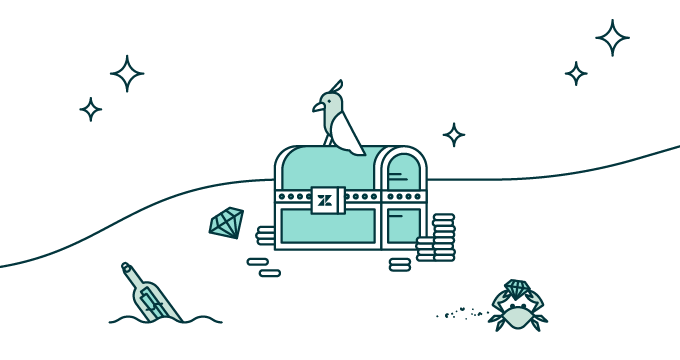Customer success is the art (and strategy) of making your customers successful. For just about any company, this is tougher than it sounds. Your customers live busy lives, so you have to enable your customer success team to make the process of learning to use your product as streamlined as possible, or risk losing them to churn.
Consider this post your first step in crafting a scalable customer success strategy for your company. Let’s break down some basic best practices.
A customer success strategy is a plan of action designed to make your customers as successful as possible. When your customers are successful, so is your business. Here are six major results of a successful customer success strategy:
Increase revenue
Retention
Loyalty
Decrease churn
Lifetime customer value
- Reduced negative word of mouth
Understand your customers and their needs
To adopt customer success best practices, you need to understand your customers beyond who they are. It’s helpful to answer:
What do they want more than anything else?
What keeps them up at night?
Where do they hang out?
Why should they choose you?
What’s leading to customer churn?
Answering these questions, not just once but year after year, gives you a real picture of how you can help your customers. Understand why they want to be successful and the “how” comes naturally.
Every customer success manager should begin research with existing data, such as past reviews, surveys, interviews, or customer call logs. Don’t waste time and money researching questions that have already been answered.
Moreover, don’t forget one of your most valuable sources: the people who work at your company. And not just your customer success team. Your sales and support team know your product and most importantly, your customer. Your employees listen to the success stories, complaints, and any issues your customers have. They might already have the answers you’re looking for.
Additionally, you should survey your customers to find out how they like to receive their information. Articles or videos? Guided tutorials? Are they the type to call in if they have a question, or would they rather use a chat widget on the home page?
These two sources—your customers and employees—are the first ones you should use. The data will contribute to your market research. Ask “why?” until you know your customers like your own family. Look for patterns, pain points, causes of churn, and opportunities to improve customer experience.
Create resources, such as blog posts or a webinar, that your customers can use to familiarise themselves with your product. Providing personal support makes your customers more willing (and able) to use your product. Treat your customers how you want to be treated yourself. It will help them move forward with the peaces\ of mind knowing you’re there to help them through the whole process.
The stronger your foundation, the stronger your customer success strategy. Just to give you an idea, if your target markets were retirement communities or assisted living, live support chat on your website might not be the best idea. On the other hand, a phone call or even a hard copy manual could be a better solution.
Your customers success methods will vary depending on where your business operates. In a brick and mortar store asking “Did you find everything you were looking for?” can be all you need for customer success. However, in the online world, a live support chat, a follow-up e-mail, or just a phone call, can all be examples of a strategy for improved customer success. (For more tips, watch this webinar: How to deliver better customer service this year.)
Customer service never sleeps
Another necessity for doing business online is 24/7 support. Your customers can be anywhere in the world, so you need to be available when they are. You don’t always need to be personally available, but you should have support materials ready so they can help themselves if necessary. This builds loyalty, because your customers will come to you when they have issues instead of competitors.
Follow-up emails from a customer success manager, particularly after a customer has used a self-service option, are a useful way of reinforcing what the client has learned on his or her own. Following up with a written message solidifies the key takeaways.
Pien de Meulemeester is an Account manager at Badger Maps, a sales routing tool that helps field salespeople be more successful.
